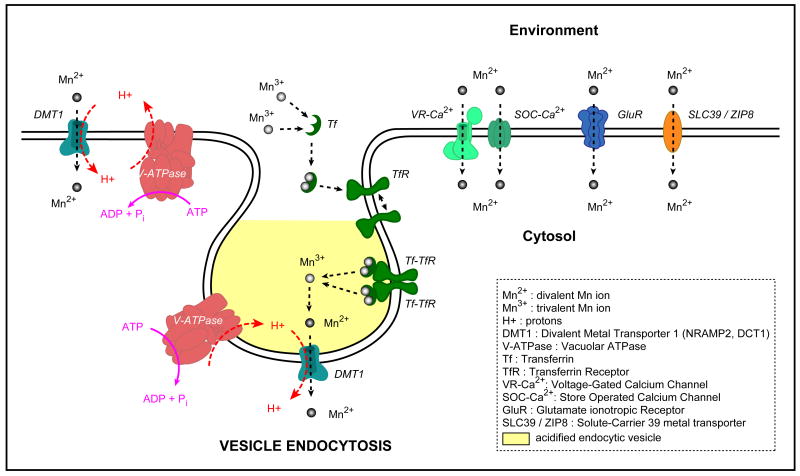Figure 1. Molecular mechanisms of Mn uptake across the membrane at the blood-brain barrier (BBB).
DMT1 is a symporter energized by the proton-motive force generated by the Vacuolar-ATPase (V-ATPase) which extrudes protons from the cell. The uptake of protons from the extracellular space provides the energy for the transport of Mn2+ cations into the cell. The V-ATPase-generated proton gradient is also responsible for the acidification of endocytic vesicles. Upon acidification, Mn3+ ions released by the transferrin-transferrin receptor system are converted to Mn2+ ions available for transport by DMT1. Transporters such as the voltage-gated and store-operated calcium channels, the glutamate ionotropic receptor and the solute carrier 39 family member ZIP8, are suggested to play a role in Mn uptake at the BBB.

